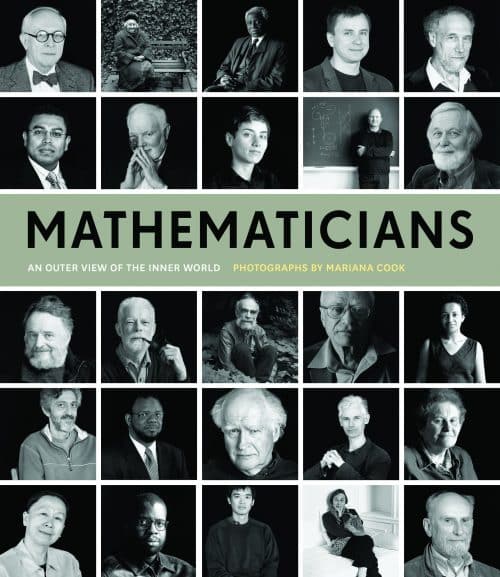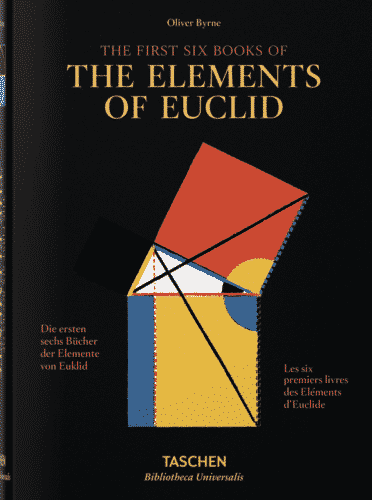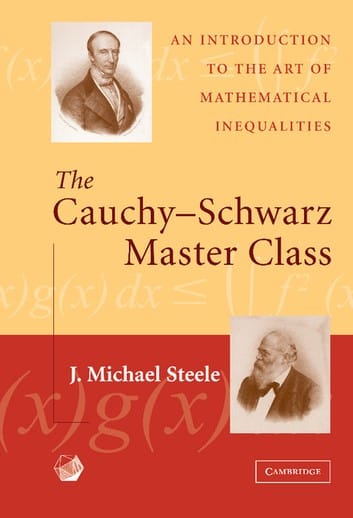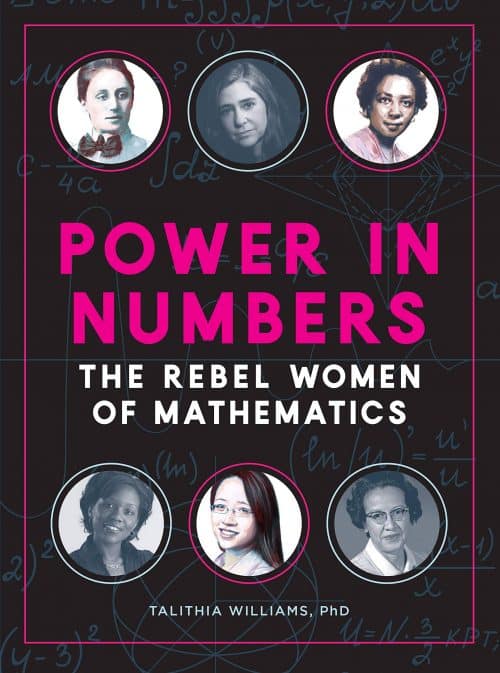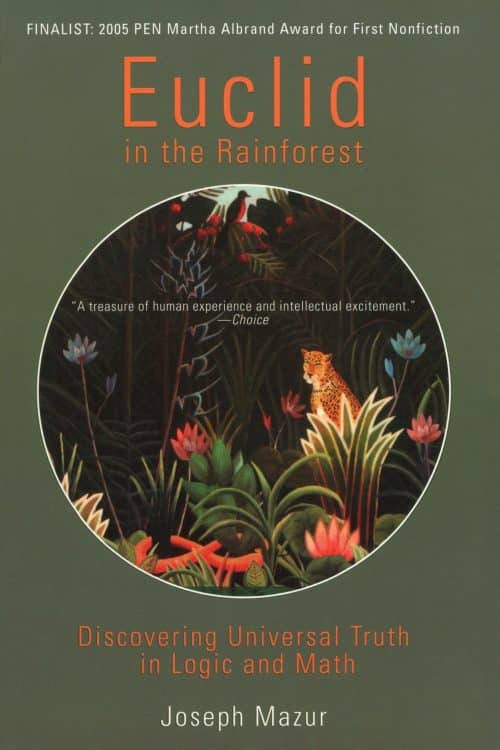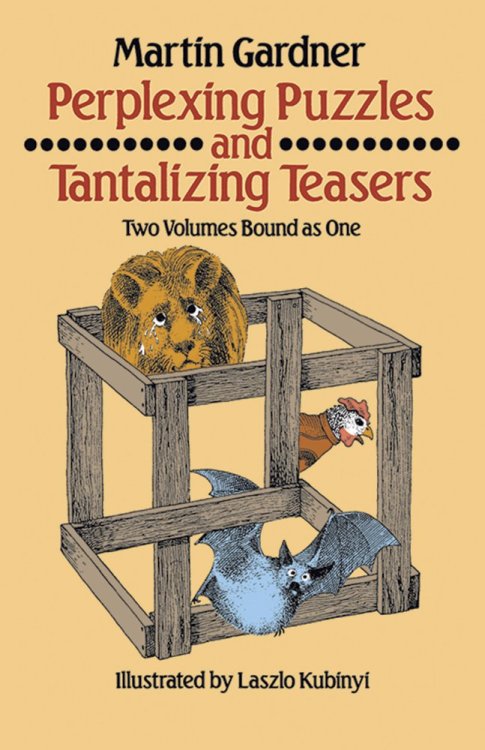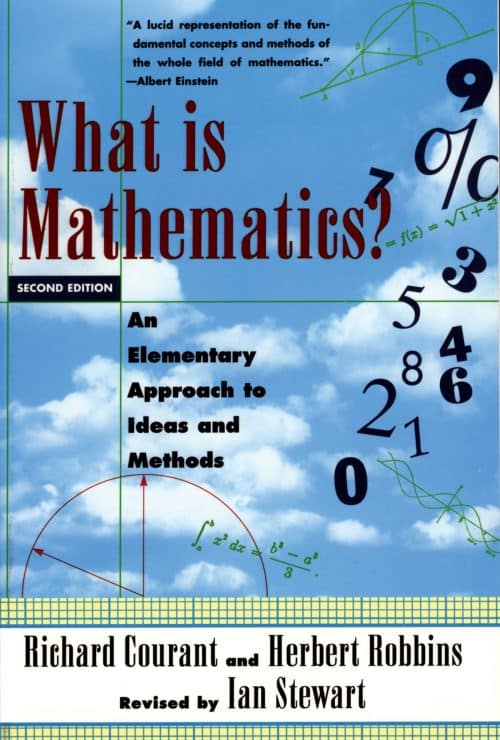If you’re interested in the history of mathematics, then William Dunham’s book is a must-read. In Journey through Genius, Dunham takes an approach similar to examining masterpieces in literature, music, and art. But instead of novels or symphonies, Dunham focuses on theorems as the creative milestones of mathematics.
Dunham’s writing style is clear and easy to understand. He provides enough historical background on the mathematicians and their theorems without overwhelming the reader with a history lesson. The mathematics itself is presented in a clear and concise manner, with notation that is easy to follow. Dunham strikes the perfect balance between explaining the math and leaving room for further exploration.
As a mathematics teacher, I have used this book extensively in my calculus course. It brings together important topics from the undergraduate program and gives students a glimpse into the world of mathematical research. It serves as an invitation for students to dig deeper into specific topics of interest.
The theorems discussed in Journey through Genius range from Euclidean propositions to Archimedes’ determination of the area of a circle. Dunham also covers lesser-known topics such as Heron’s Formula for the area of a triangle. The book offers a comprehensive overview of the important milestones in mathematics, including the work of Newton and others.
In conclusion, Dunham’s Journey through Genius is a classic in the history of mathematics. Not only will readers deepen their understanding of mathematics, but they will also gain insight into the personalities of the brilliant mathematicians behind these theorems.



